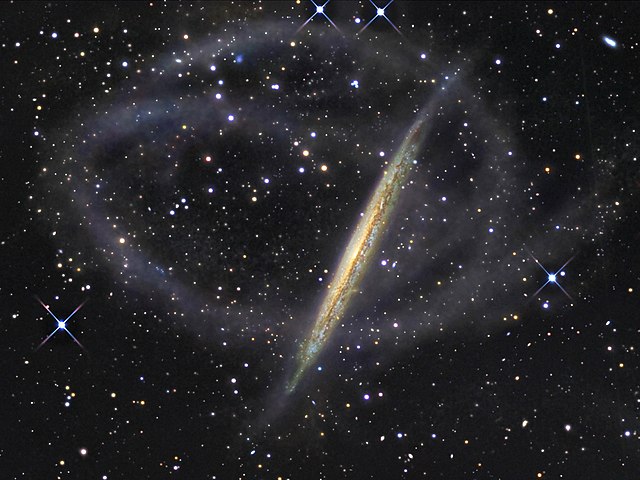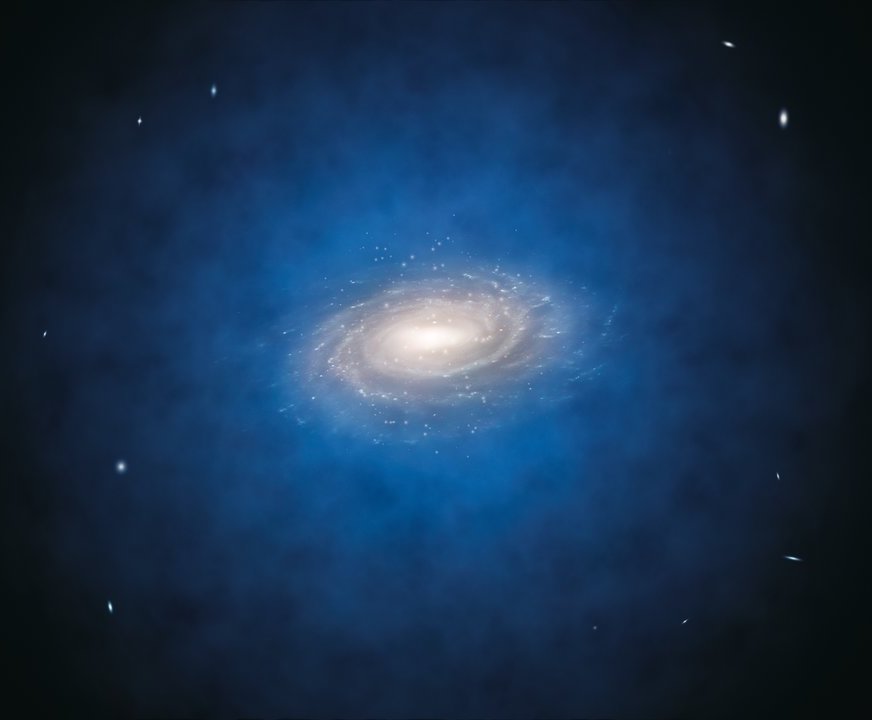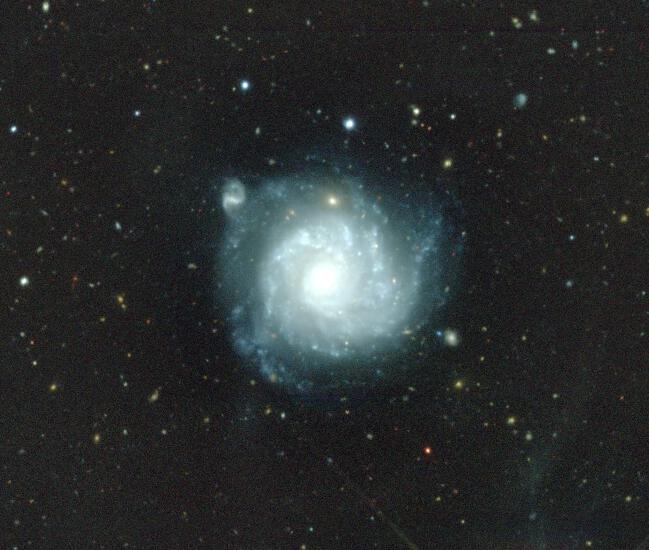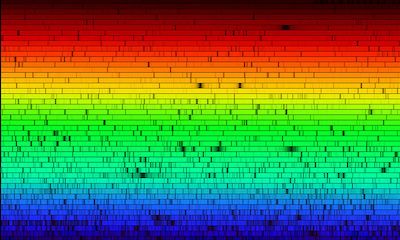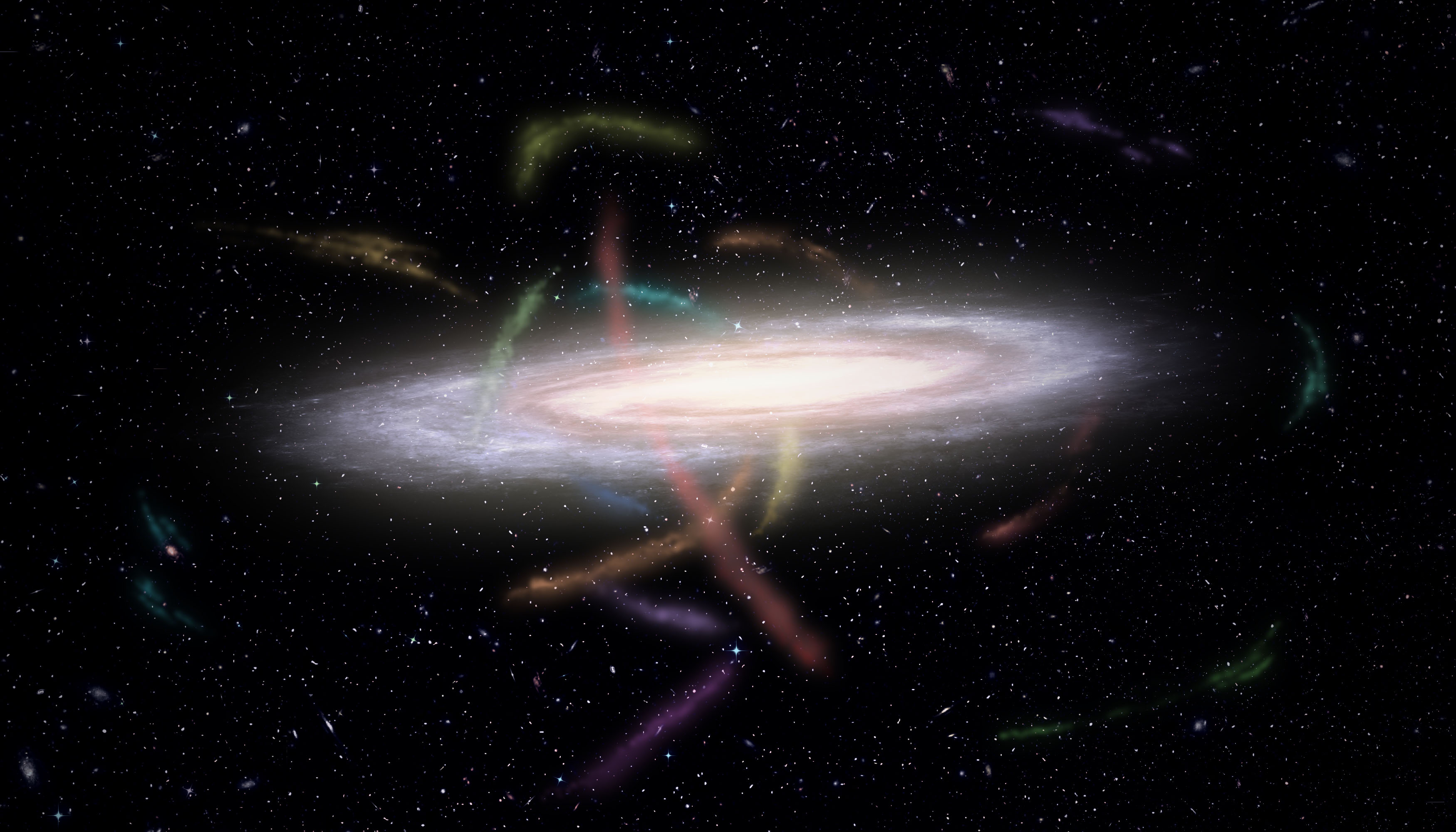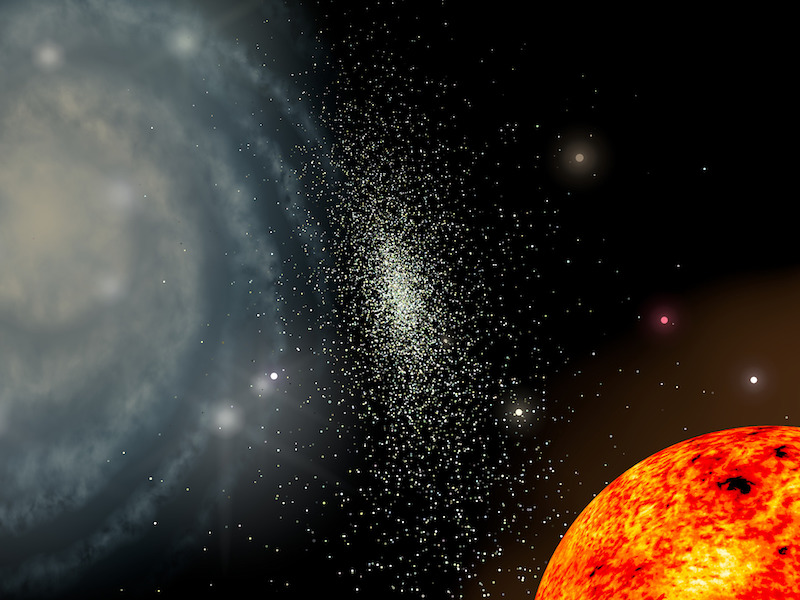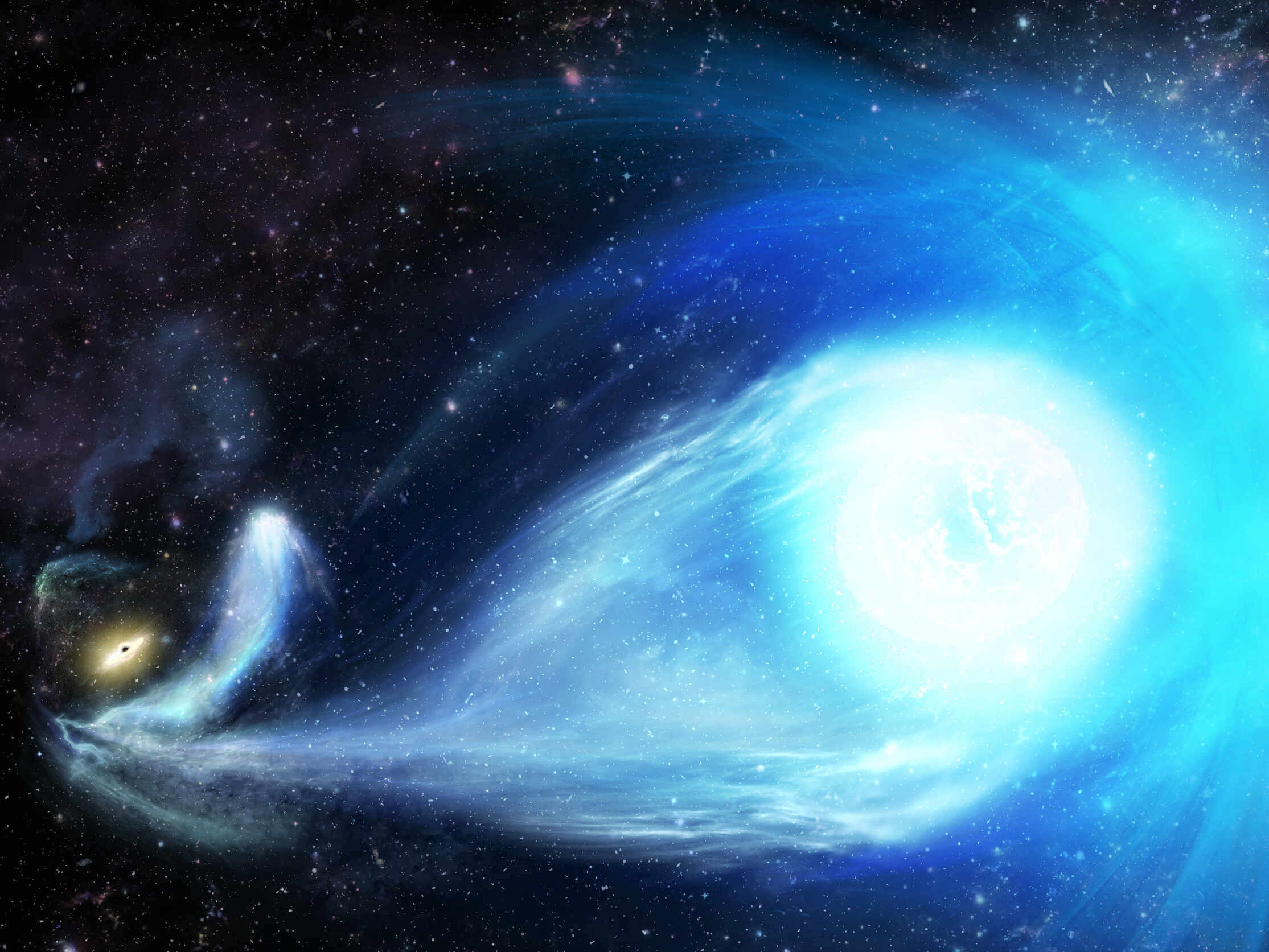About Us
Mapping stellar streams of the Milky Way with the Anglo-Australian Telescope.

The Southern Stellar Stream Spectroscopic Survey (S⁵) is a spectroscopic survey of stars in the stellar streams of the Southern sky, with the aim of mapping their kinematics and chemistry. The streams represent material tidally striped from dwarf galaxies and globular clusters, and are essential dynamical probes of the dark matter distribution of the Milky Way, as well as providing a detailed snapshot of its accretion history.
On this page you can find out about the survey, get our data, read our publications, and meet the S⁵ team.
The streams
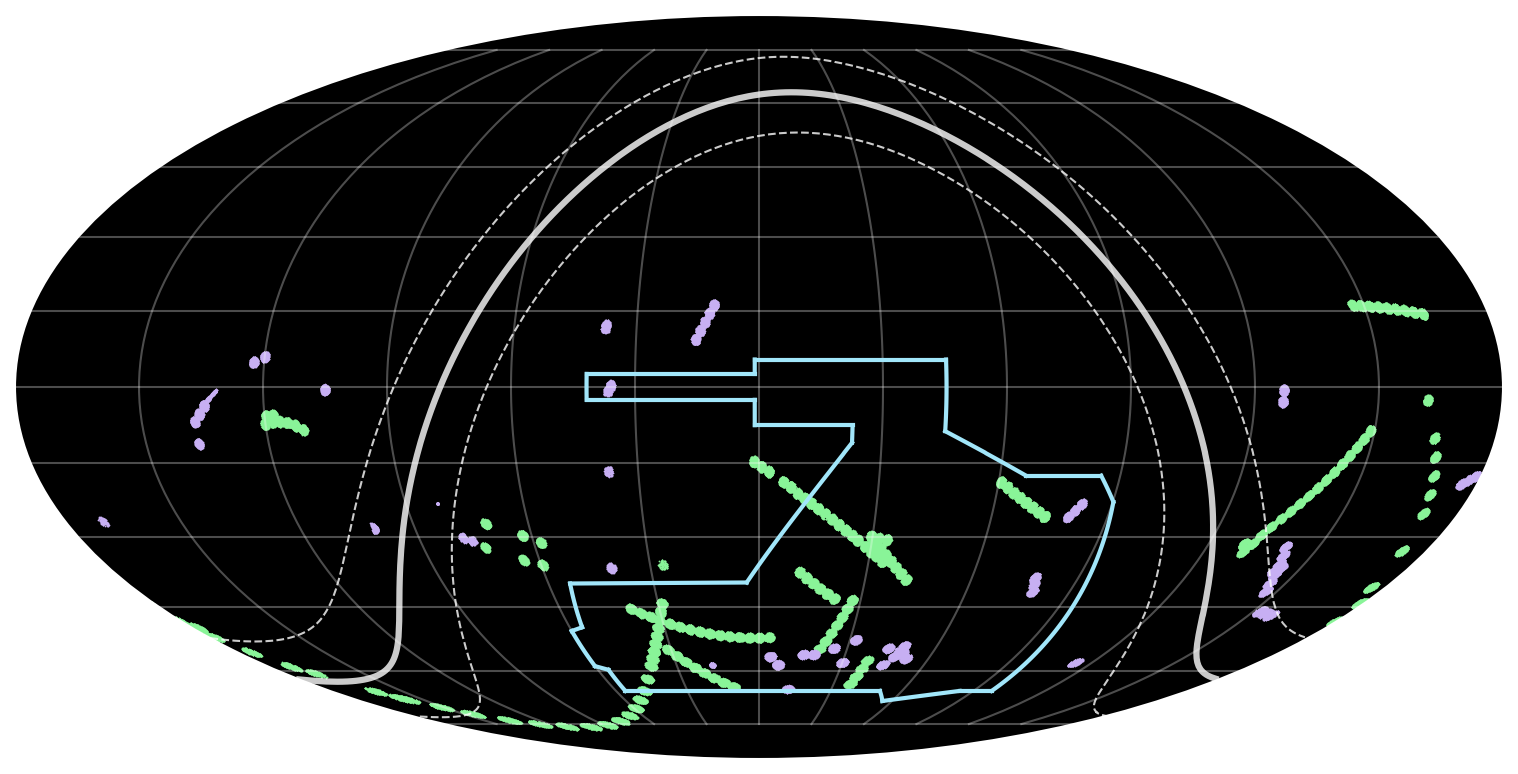 View on sky of the observed streams of S⁵. The green fields are our main targets, and the purple fields are other targets of interesting including dwarf galaxies.
View on sky of the observed streams of S⁵. The green fields are our main targets, and the purple fields are other targets of interesting including dwarf galaxies.
Our focus has been on the streams identified within the footprint of the Dark Energy Survey (DES) and more broadly within Gaia. We have mapped 20 streams including: ATLAS-Aliqa Uma, Elqui, Indus, Jet, Jhelum, Orphan-Chenab, Ophiuchus, Palca, Phoenix, Turranburra, Willka Yaku, 300S, Ravi, Wambelong, and Styx.
From our data we have made the following discoveries:
- The ATLAS and Aliqa Uma streams are actually one stream which had an interaction with the Sgr Dwarf Galaxy about 500 million years ago (Ting Li et al. 2021)
- The Phoenix stream was formed from a globular cluster below the observed metallicity floor of extant clusters (Zhen Wan et al. 2020); and that the Phoenix stream has the signature of a massive rotating metal-poor star (Andrew Casey et al. 2021).
- S⁵-HVS1, the first hypervelocity star that can be definitively associated with coming from the Galactic centre (Sergey Koposov et al. 2020)
The instrumentation
Since 2018, S⁵ has been observing likely stellar members of the streams with 2dF/AAOmega spectrograph on the 3.9-metre Anglo-Australian Telescope at Siding Spring Observatory. The 2 degree field of view and 350 science fibres of the 2dF fibre positioner make it the perfect instrument for our observations. We combine this instrumentation with the precise photometry of the Dark Energy Survey, and the superb proper motions from Gaia allow us to conduct an efficient spectroscopic survey to map these streams. We use about a third of the fibres on each field of stream targets, with the remaining fibres used to two other surveys: a Milky Way halo survey, and a low-redshift galaxy survey.
We also get high-resolution spectral follow-up on stream members with 8-metre class telescopes: MIKE on the Magellan Telescope (see our publication list for Ji et al. 2020 & 2021, Casey et al. 2021, and Hansen et al. 2021); and UVES on the Very Large Telescope (upcoming observations at the end of 2021).
Data and analysis
To determine radial velocities and stellar atmospheric parameters from our AAOmega spectra we use rvspecfit, an automated spectroscopic pipeline developed by Sergey Koposov.
The First Public Data Release of the S⁵ was on April 24, 2021.
Header image credit: James Josephides (Swinburne Astronomy Productions) and the S⁵ Collaboration
